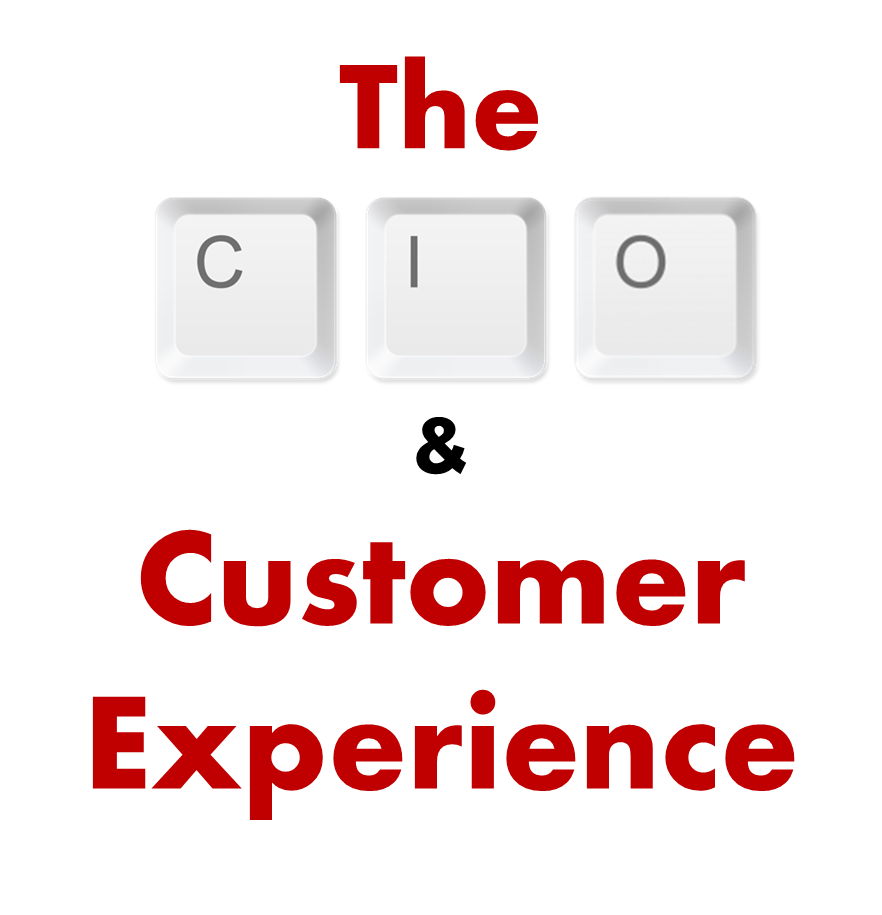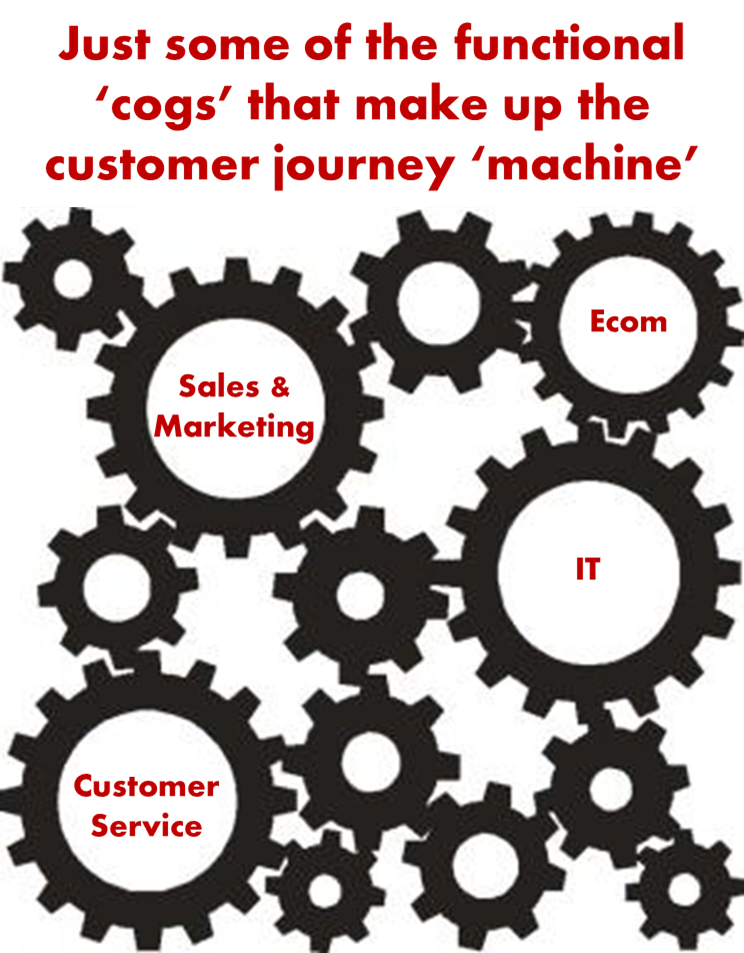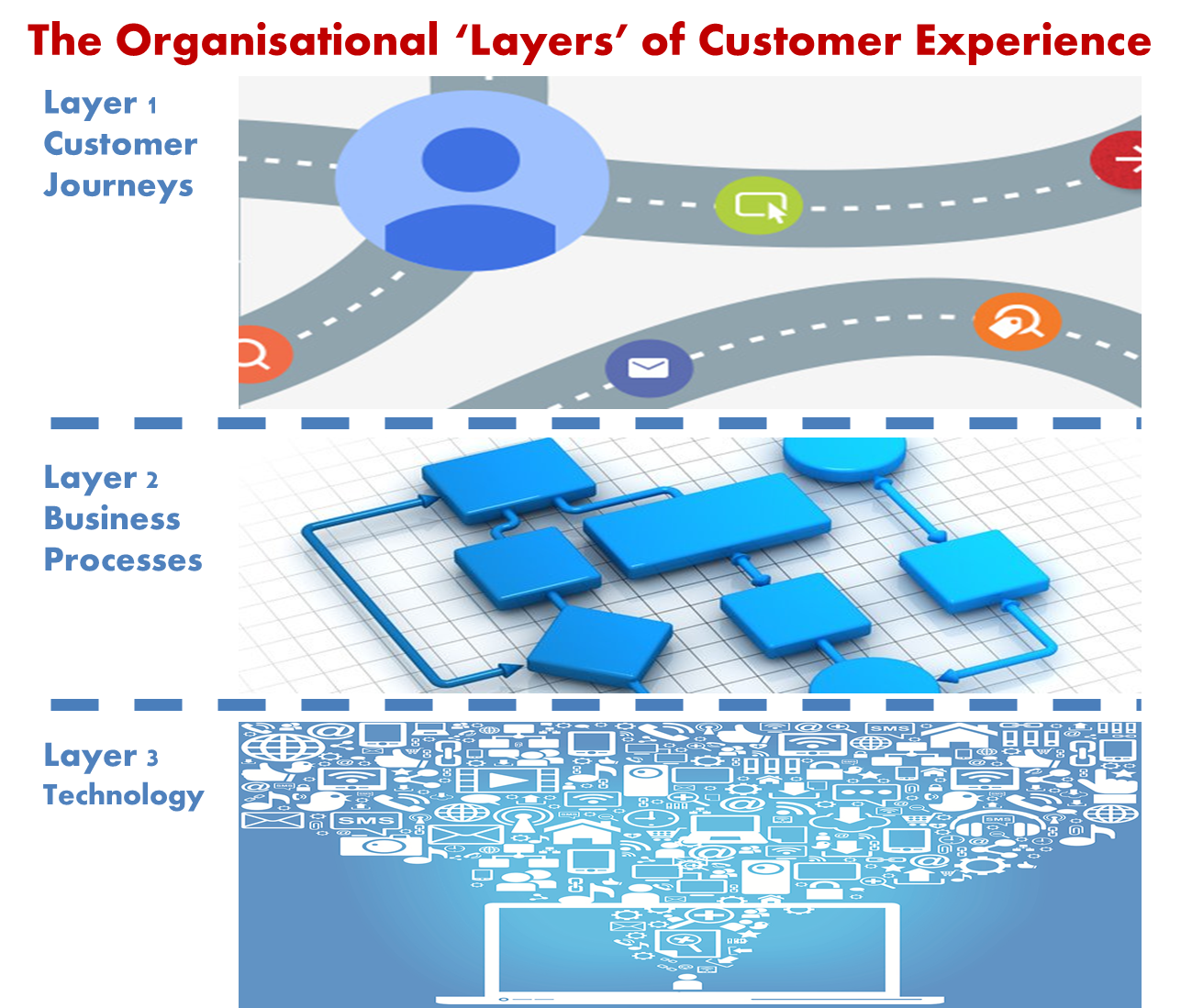
I regularly find myself saying that many organisations are still grappling with understanding the fact that their Customers have always had an Experience with them! Some argue that Customer Experience has existed in the world of business for years and years.
However, in the interactions I have had with businesses in multiple sectors all over the world, Customer Experience (CX) is still largely a relatively new business concept! As the business world adjusts to the fact that it needs to have a better understanding of the way it interacts with customers, some organisational functions or departments have adapted better than others.
Customer Service professionals have flown the CX flag for a very long time. Even though they may not have used the language of CX that we are seeing adopted more widely today, all those working in the world of customer service have been trying to do the right thing for customers and employees for decades. That is why there are senior leaders who exist who still believe that Customer Experience IS Customer Service. They believe that it is the responsibility of the customer service function to improve CX.

Whilst Customer Service is a vital cog in improving CX, it is just one of many cogs that all connect together to make the seamless machine that delivers the customer journey. CX is the responsibility of ALL functions – everyone has a part to play – even support functions such as HR, Finance and IT.
However, it is still arguable that some organisational functions think/believe that CX is ‘nothing to do with them’. One such function that still appears to be absent from the plethora of Customer Journey mapping workshops being conducted all over the world is IT.
We live in a world where CX has suddenly become visible because of the mind blowing changes in technology that have made it essential for businesses to make it easier for customers to interact with them. Yet whilst this is true, many businesses have technology that was designed and implemented long before the Smartphone even existed.
Before CX started to increase in prominence, almost every business in the world designed its IT systems to meet the needs of the organisation. Designed to fulfill a series of business processes, most of them were designed without any understanding of the customer journey – without knowing that the customer journey even existed. That is why all too often, IT systems DO NOT align to what the customer experiences – hence, both the employee and customer experiences are severely compromised.
That is why the CIO has as essential a role to play in improving CX as the COO, the CFO, the CMO or the CEO. It is the role of the CIO to understand how technology can help IMPROVE CX — from what it is today to what it needs to be in the future — whilst enabling the organisation to fulfill its needs more cost effectively. It is about continuous improvement of legacy systems whilst understanding what is required to make it easier for employees to fulfill the CX. Any CIO who does not understand or recognise this is one who is very likely to be investing significant sums of money in systems that may help their business, but may well NOT help the customer.

I believe that in order to embed CX into an organisation, it is important to understand the fundamental ‘layers’ that must ALIGN together to effectively deliver the proposition of the business.
- The first layer is the Customer Journey(s). To be customer centric, an organisation must be clear on both the Customer Journey in its current state and what the journey should become in the future.
- Once the journey is known, it is then necessary to understand how business processes align to the journey. Or not as the case may be. Are their gaps? Do processes cross over each other? Do you know how capable your business processes are in delivering the journey? Do you have clear ownership across the business for the processes that deliver the customer journey?
- Once you have alignment between process and the customer journey, it is then possible to add the third layer – technology. How do your existing systems – hardware and software enable business processes to deliver the customer journey – both in its current form and in the future?
As I have already said, it is rare to see these layers aligned together. As you can see, the CIO has an enormous part to play in connecting the dots…..in ensuring the cogs of the CX machine fit together. So the next time you suspect a CIO or IT Director not understanding the role they have to play in CX – get them to read this!




Ian: I agree with your point that CX depends on information, and information management is a strategic function for most companies. But I’m ambivalent about whether CX falls under the aegis of the CIO. Many companies I work with don’t have CIO’s. Increasingly, CMO’s are handling a lot of IT strategy, and are becoming more adept at managing complex systems, like the one you show in your article.
Your organizational layers figure reminds me somewhat of the Zachman framework. Do you recommend gaining insights about the buyer’s purpose, goals, and motivation as a layer above the buyer’s journey? Otherwise, how would a company know the reasons for buyer behavior?
Many thanks for taking the time to read and respond to the piece Andrew. I was not actually suggesting that CX falls under the ‘aegis’ of the CIO – more that the senior leader responsible for technology in the organisation MUST understand the role they have to play in CX. All too often, that individual is NOT part of the conversation at all (in my experience).
in answer to your question – yes – I definitely recommend building robust insight into your core customer types in the first instance – many use customer personas to do this – it is critical that in building personas that you do so either WITH the customer or that you validate them with the customer afterwards.
Hi Ian
I agree with you entirely when you suggest that the CIO is as critical to the success of Customer Experience (CEx) as other CXOs. When CEx started to become popular five or more years ago that wasn’t so much the case. There was not much useful data about customers that could be used to inform the CEx and the tools to use what little there was were rudimentary. But today’s CEx is driven much more by always-on customers, using mobile technology, generating real-time data. The emphasis today is on real-time micro-interactions with customers personalised through contextual data about the customer and their circumstances.
The only question I would have is whether the CIO is being replaced by other CXOs responsible for e.g. Marketing Technology or Analytics. There is plenty of anecdotal evidence that the CMTO will soon be responsible for more CEx-related investment than today’s CIO.
GrahamHill
@grahamhill
PS. As covered in my comment to Mike Boysen’s post on ‘Customer Success: Not Just for Farmers Anymore’ (http://customerthink.com/customer-success-not-just-for-farmers-anymore/#comments) your three layer model is not complete enough to use as a viable operating model for CEx. There are a number of other layers that also need to be incorporated to make the model usable.
Many thanks Graham – on the three layer model – I am not suggesting that this is a complete operating model for CX – I was merely describing three of the core (fundamental) layers that are required (in my opinion)!
Hi Ian
A couple of questions…
What other layers do you think are important in CEx?
How do you integrate the different layers into a coherent, flexible, adaptable CEx?
Graham Hill
@grahamhill
Hi Graham
So my very high level view is as follows:
1. Customer Segments & Personas – who are our customers and do we know what they want/need/expect
2. Proposition – what is our proposition? What do we stand for? What will we deliver to our customers?
3. Customer Journeys – how do we deliver the proposition to our customers today and how could we in the future?
4. Business Processes – how capable are our business processes in delivering the journey?
5. Technology – how well does our technology align to the journey?
6. Measurement – of all the above both internally and externally and from the employee perspective
7. Employee engagement – turning employees into ‘fans’
In my experience as both a practitioner and consultant, the key to integrating these ‘layers’ is to create a simple, yet adaptable framework that everyone in the organisation knows and understands. If all of these elements are given simple clarity and context, it greatly increases the likelihood that they will become significant in changing the way the organisation works and in changing mindsets.
It is important to note that this is a simple and adaptable view – not a check box.
I hope this all makes sense.
“How do your existing systems – hardware and software enable business processes to deliver the customer journey – both in its current form and in the future?”
Customers interact with businesses via at least one digital channel. Regardless of if they end up making their final purchase on-line or in-store, they will have had some interaction with a company digitally. Because of this, the CIO is a major part of the customer experience as they oversee how the backend operates – and if there are technological issues impacting how customers interact – then the CIO is directly involved with the customer experience.